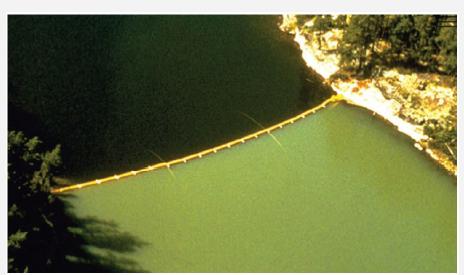In the 1960s and before, many lakes were becoming eutrophic, meaning that they were producing so much
Question:
In the 1960s and before, many lakes were becoming “eutrophic,” meaning that they were producing so much algae and cyanobacteria that they were turning into green, soupy waters in which other forms of life were unable to survive. One suggestion was that an increase of phosphorus in lakes, largely from wastewater with high levels of detergents, was the root cause of this lake eutrophication. (This theory turned out to be true, and rapid changes to laws were able to reverse the eutrophication of many lakes around the world.) The first test consisted of dividing a lake into two parts with a nylon curtain, followed by the addition of phosphorus to one side.
No phosphorus was added to the other (Schindler 1974). Approximately 5 times as much phosphorus was added as was typically found in eutrophic lakes. The side of the lake with phosphorus addition turned green with cyanobacteria and algae within weeks, while the other side remained clear.

a. Identify one feature of the experimental design that made it easier to detect an effect.
b. Identify one conspicuous weakness of the design.
Step by Step Answer:

The Analysis Of Biological Data
ISBN: 9781319226237
3rd Edition
Authors: Michael C. Whitlock, Dolph Schluter





